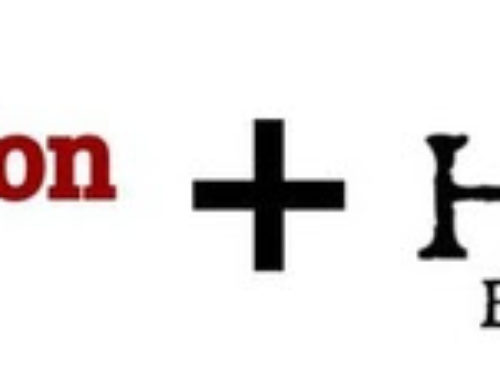Warning: Science content below!
The beer has been brewed, it’s been carbonated, and the kegerator has been made. All that’s left is to pour yourself a glass. It seems like a simple thing: pull the tap handle and have beer flow into a glass with a perfect frothy head. However, like many things, this is easier said than done. For beer to pour properly from the tap, the draft system must be balanced.
There are several factors that need to be considered when balancing a system. All of these factors ultimately affect the way beer will pour out of the tap:
- The temperature of the beer
- The beer’s level of carbonation
- The CO2 pressure kept in the keg
- The length and diameter of the beer line
- The height the beer must flow to reach the faucet
The first step in balancing a draft system is to determine the level of carbonation for the beer. The level of carbonation depends on the style of beer, but is ultimately based on opinion. As mentioned in The Great Carbonation Debate, beer is force carbonated by first cooling it and then adding CO2 at pressure. Click here to view a chart that outlines the level of carbonation achieved with a given temperature and pressure and the recommended volumes of CO2 for a given style.
The pressure needed to properly carbonate beer is an important number. Not only is this pressure keeping the beer bubbly, but it is also going to be used to force beer up the lines and out the faucet. The concept behind balancing a draft system is to drop nearly all of that pressure in the time it takes for the beer to travel from the keg to the faucet leaving just enough to get the beer to flow out.
There are several forces that work against the pressure exerted by the CO2 in the keg. These are gravity, the length of the beer line, and the resistance of the beer line. We can create a formula that describes how the pressure from the keg (measured in PSI) will be affected by these factors:

P = Pressure of CO2 in keg (in PSI)
H = Height from middle of keg to faucet (in feet)
A = Pressure lost per foot of height due to gravity (in PSI/foot)
L = Length of beer line (in feet)
R = Pressure lost per foot of beer line due to resistance (in PSI/foot)
Essentially what we are doing in this formula is subtracting PSI lost due to gravity and the PSI lost due to the resistance of the beer line from the pressure in the keg. If the net of this equation was zero, there would not be enough pressure to get beer to flow from the faucet. There needs to be at least 1 PSI left to get beer to flow, so we set the equation equal to one:

Time to fill in some of these numbers: Gravity accounts for a .5 decrease in PSI per vertical foot the beer must travel and in my system the height is 2.75 feet. The resistance of the beer line depends on its inside diameter. For 3/16″ beer line (which is what I use) we will lose an average of 1.8 PSI per foot. The pressure of my keg is 9 PSI which at 38 degrees gives me a carbonation level of 2.3 volumes. Plugging these numbers into my equation I can figure out how long my beer line should be to have a smooth pour.

Solving for L (assuming my math is correct), I get 3.7 feet of beer line is needed. The tower came with 5 feet of beer line, so I just cut away what I don’t and reattach the liquid out ball lock disconnect. Just in time too, after all that math and science, I need a beer!
